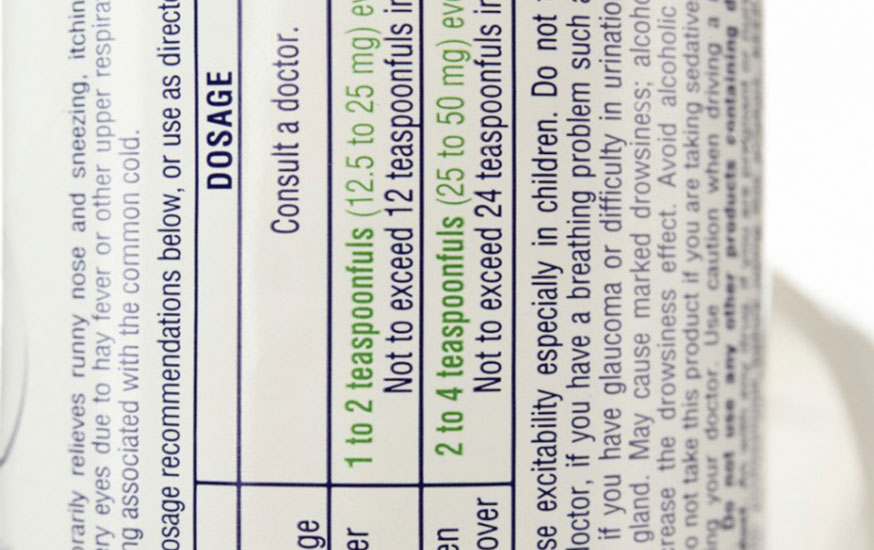FDA issued a draft Guidance titled “Updating ANDA Labeling After the Marketing Application for the Reference Listed Drug Has Been Withdrawn” (here) describing how and what type of changes FDA anticipates ANDA applicants to make in such situations.
FDA makes clear in the Guidance that it the Guidance does not have applicability to the FDA’s Proposed Labeling Rule for generic drugs, but notes that it provides guidance on FDA expectations for ANDA applicants to either a change of labeling at the direction of the FDA or in a Prior Approval Supplement (PAS) in certain circumstances. In footnote 11 in the draft, FDA further advises that: “FDA has issued a proposed rule that would allow ANDA holders to independently submit CBE-0 supplements making certain safety-related updates to their labeling, based on newly acquired information. See 78 FR 67985 (November 13, 2013). That proposed rule, along with comments received, remains under review. If the proposed rule is finalized, the final rule will govern the process for carrying out labeling updates that are within the scope of the rule. The process described in this guidance would not alter ANDA holders’ obligation to maintain up-to-date labeling, whether under the current regulatory framework or a future scenario at such time as the proposed rule is finalized. “
The Agency explains that, often when a reference listed drug (RLD) is withdrawn for other than safety or efficacy reasons, after sometime, the ANDA labeling may need to be updated due to changes in the scientific literature, changes in adverse event reporting ,even based on changes to other RLD products that may have the same or similar active ingredients, or when there are class labeling changes for a particular therapeutic category of drug product. TheGuidance provides examples but notes the list is not exhaustive.
In addition, the Agency notes that an NDA RLD that has been discontinued from marketing but not withdrawn still has the same responsibilities relative to assuring up-to-date labeling even if they are no longer marketing the product.
Relative to the actions proposed in this draft Guidance, FDA notes in footnote 7 that: “[t]he approach proposed in this guidance is consistent with FDA statements made in the context of determinations that certain drug products that have been withdrawn from sale were not withdrawn for reasons of safety or effectiveness, including statements to the effect that “[i]f FDA determines that labeling for these drug products should be revised to meet current standards, the Agency will advise ANDA applicants to submit such labeling.” See, e.g., 80 FR 27320 at 27321 (May 13, 2015) (determining that SODIUM SULAMYD (sulfacetamide sodium) Ophthalmic Solution and Ophthalmic Ointment were not withdrawn from sale for reasons of safety or effectiveness).”
In this particular draft Guidance, FDA notes that it may entertain a PAS for certain proposed changes by an ANDA applicant or a CBE-0 if by direction of the FDA. If a PAS is submitted, FDA will review the proposed change and, if it believes the change should be made, it will notify all sponsors of the product that the specific changes must be made to all of the same products and will proscribe a time frame for making the changes based on the significance of the proposed change.
FDA will utilize its authority under Section 505(o)(4) of the Act for mandated safety label changes (SLC) and will direct sponsors to make such SLCs as FDA deems appropriate.
Questions have been raised already as to whether this draft Guidance may give a hint to any changes in the FDA’s stance on its final labeling rule. As noted above, FDA does not give any clear perspective on this issue, but it is interesting that the FDA proposal in the Guidance is similar to the GPhA and PhRMA alternate approach to label changes for generic products. That approach also uses the FDA as the final arbiter prior to any change being made.
FDA states that label changes might be required under this Guidance:
- To achieve consistency with the labeling of other products that have the same active ingredient or an active ingredient in the same pharmacologic or therapeutic class, or with the labeling of other products approved for the same indication, where appropriate
- To correct outdated information related to a previously approved indication; and/or
- To achieve consistency with applicable regulations and current FDA labeling guidelines or other guidance (as already contemplated under § 314.94(a)(8)(iv)).
The FDA goes on to further describe:
- certain specific examples of labeling changes that may be contemplated under this guidance
- the process to be used to make the change and:
- The relationship of this guidance to existing FDA authority and processes.
As this Guidance document is currently issued in draft form, it is not clear if and when the FDA would expect firms to begin to implement the provisions in the Guidance. Issues of liability, costs, and impact on the generic industry were not discussed but certainly appear to be questions that the industry and lawyers will be asking. Keep your eyes peeled for any additional news on this draft Guidance because it could have significant impact on your actions. We will post additional information as we become aware of any developments.



